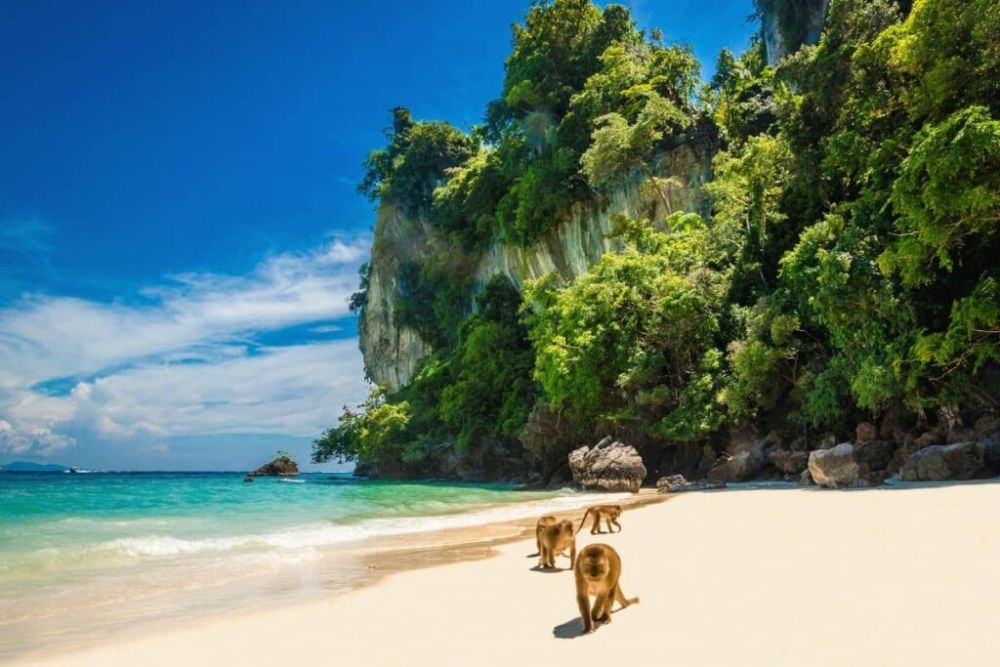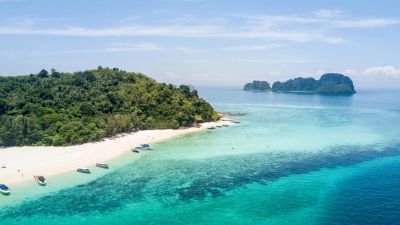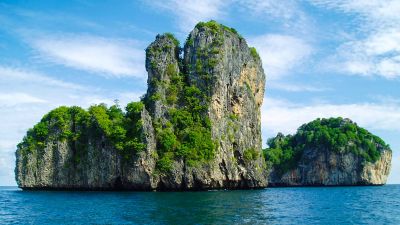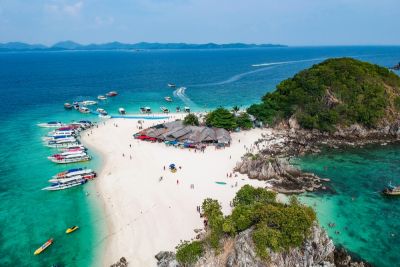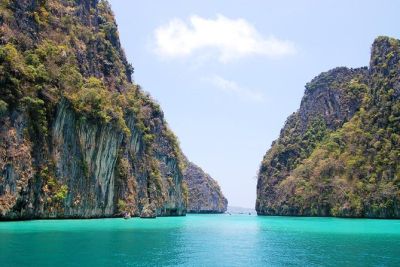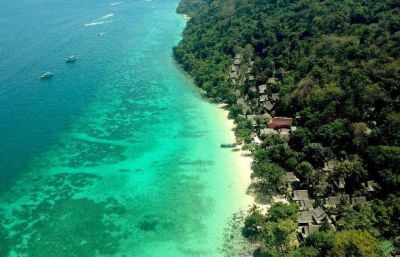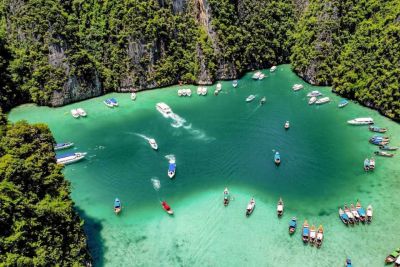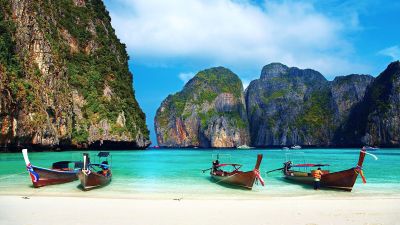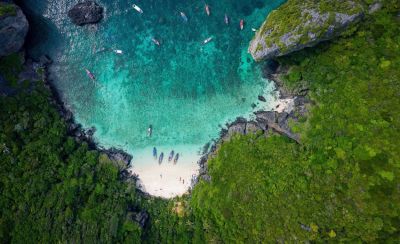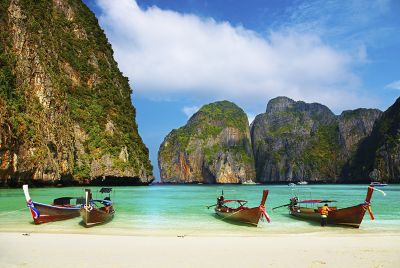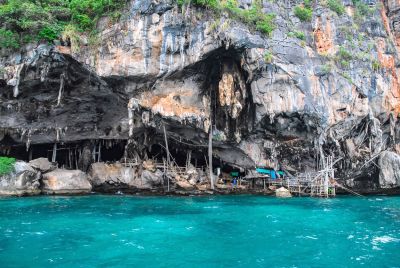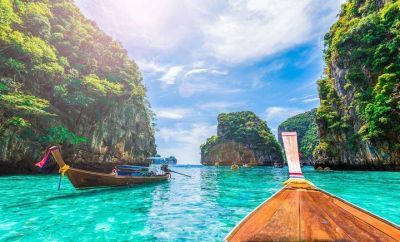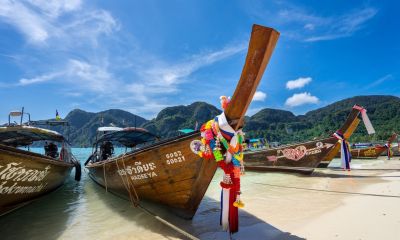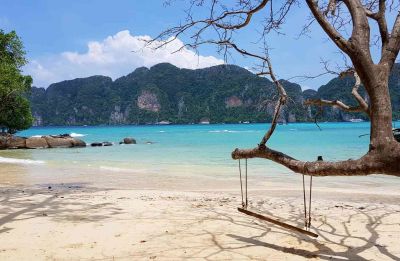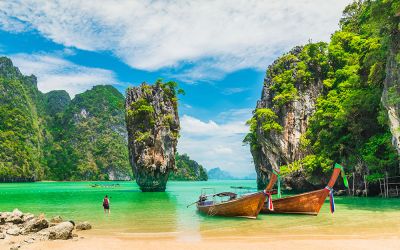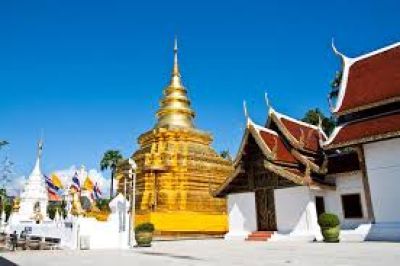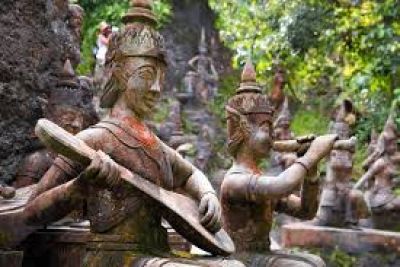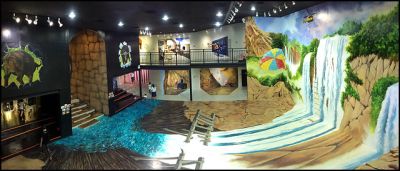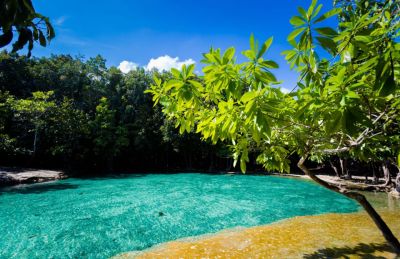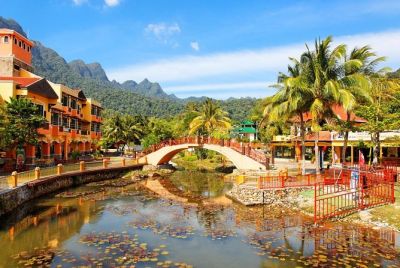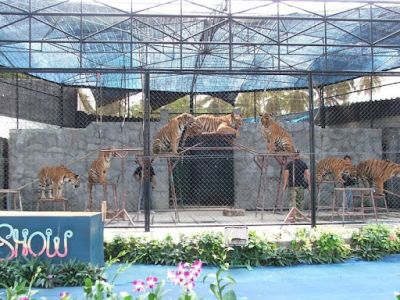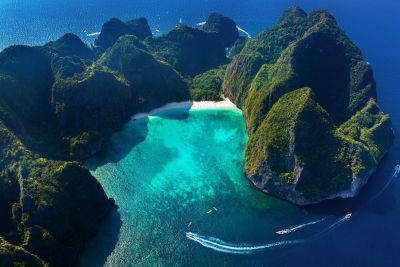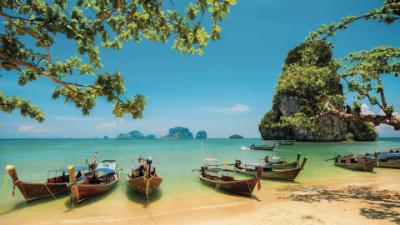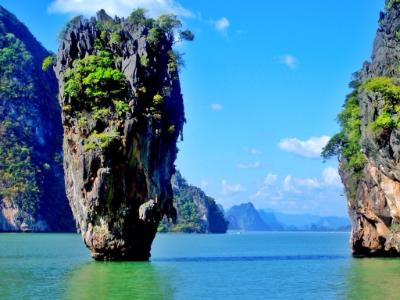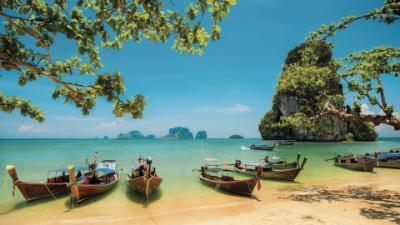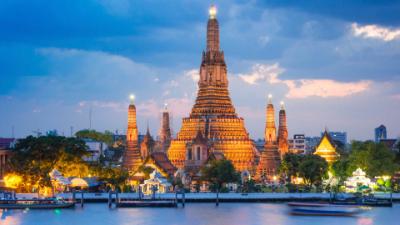Monkey Beach, Phi Phi Islands, Thailand: A Tourism Perspective
Nestled within the stunning archipelago of the Phi Phi Islands in Thailand, Monkey Beach has captivated the hearts of travelers for decades. This picturesque locale is most famous for its fine white sandy shores, crystal-clear waters, and the playful monkeys that call it home.
The Origins of Tourism on Monkey Beach
The history of tourism at Monkey Beach and the Phi Phi Islands at large is relatively recent, gaining prominent attention in the late 20th century. Though Thailand has been a staple in the backpacking circuit since the 1960s and 1970s, the Phi Phi Islands remained relatively untouched by mass tourism until the 1980s. At that time, intrepid travelers began to seek out the serene beauty offered by the islands' secluded beaches.
Monkey Beach, in particular, gained notoriety for its resident macaques, which provided a unique interaction with wildlife, unlike anywhere else in Thailand. The macaques, while wild, have grown accustomed to human presence and are known to approach visitors, which has become a strong draw for tourists.
The Rise to Fame
International attention skyrocketed after the release of the film "The Beach," starring Leonardo DiCaprio, in 2000. Although the movie was filmed on the nearby Maya Bay, the allure of the Phi Phi Islands grew exponentially, and with it, Monkey Beach's popularity soared. The increased exposure led to a surge in visitors, eager to experience the idyllic setting firsthand.
Conservation Efforts and Tourism
With the influx of tourists, concerns over environmental and ecological impacts intensified. In response, Thai authorities and local organizations have implemented measures to protect the delicate marine ecosystem and ensure sustainable interaction with the local monkey population. These efforts include regulations on boat access, waste management initiatives, and restrictions on feeding the wildlife. Tourists are encouraged to respect these guidelines to preserve Monkey Beach's natural beauty for future generations.
Latest Tourism Trends
Recently, there has been a shift towards more sustainable and responsible tourism practices in the area. Tour operators and accommodations are increasingly adopting eco-friendly policies, and there is a growing demand amongst tourists for experiences that have minimal impact on the environment and support local communities.
Adventure tourism, such as kayaking, snorkeling, and scuba diving, remains popular, as visitors seek to explore the rich marine life that surrounds the Phi Phi Islands. Additionally, cultural tourism is on the rise, with more tourists expressing interest in learning about the local customs, cuisine, and way of life. This shift is a positive step towards creating a more balanced and sustainable tourism model for Monkey Beach and the surrounding areas.
Visiting Monkey Beach Today
The best time to visit Monkey Beach is during the dry season, from November to April, when the seas are calm and the weather is favorable. Travelers can reach the beach via long-tail boat or speedboat from various points on Phi Phi Don, the largest of the Phi Phi Islands. It is advisable to visit early in the morning or later in the afternoon to avoid the crowds and to have a better chance of observing the monkeys in a quieter setting.
When visiting Monkey Beach, it is crucial for tourists to be mindful of their interactions with the wildlife. It is important to maintain a safe distance from the monkeys and to avoid feeding them, as human food can be harmful to their health and disrupt their natural foraging behaviors.
In conclusion, Monkey Beach continues to be an enchanting destination, offering visitors an opportunity to enjoy the pristine natural beauty of the Phi Phi Islands while witnessing the playful antics of its famous macaque inhabitants. Its history and recent evolution underscore the importance of sustainable tourism practices that will allow this stunning locale to thrive for years to come.
